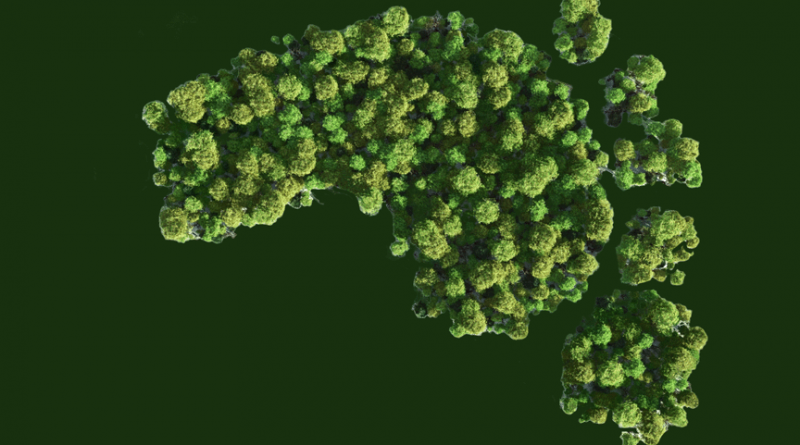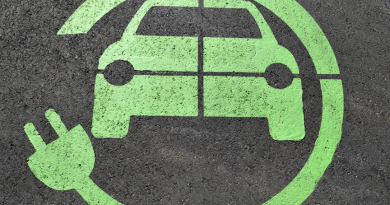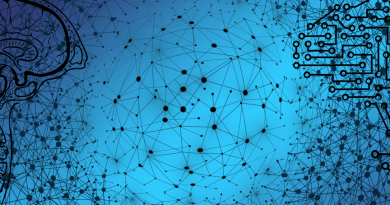If we want to achieve the SDGs, we need to rethink leadership
Willem Fourie is Associate Professor in Social Ethics at the University of Pretoria, founder and co-ordinator of the South African Sustainable Development Knowledge Hub and author of Why Leaders Fail and What It Teaches Us About Leadership
There is an increasing awareness in business schools and beyond that we need to take the 17 Sustainable Development Goals (SDGs) seriously. But how to truly integrate these goals into what we teach and research remains up for discussion.
As somebody who is involved in both the worlds of SDGs and leadership scholarship, I am beginning to understand how the SDGs can help us change the way we teach leadership. Simply put, the SDGs require us to rethink the heroic bias in how we teach and research leadership.
Most people in business schools are well aware of the heroic bias in leadership studies: the often untested assumption that good leaders are exceptional and charismatic individuals with a higher level of agency than other people.
This heroic bias is, of course, not surprising. The earliest reflective work on leadership, such as the books by Thomas Carlyle and the controversial Francis Galton, explicitly depicted leaders as being qualitatively different from their followers.
The heroic bias, or at least an emphasis on individual leaders who have the exceptional capability to inspire followers by selling a great vision, continues to permeate many of our approaches to leadership. Even transformational leadership theory, probably the most-researched contemporary leadership theory, paints leaders in individualistic and heroic terms.
The SDGs, and the 2030 Agenda for Sustainable Development in which they are embedded, challenge such conventional approaches to leadership in at least the following ways:
-The agenda explicitly foregrounds the notion of partnership – between citizens and their governments, between the state and non-state actors, between developing and developed countries and even between current and future generations. Heroic leaders are known to struggle to form mutually accountable and equal partnerships.
-The complexity that underlies the SDGs as a system of goals makes it impossible for one leader to make authoritative judgements. No one individual has the knowledge required to understand the complexity of synergies and trade-offs inherent to the SDGs.
-The level of ambition of the SDGs not only makes collaboration across sectoral and disciplinary boundaries essential but also requires potentially game-changing innovation. This type of innovation is premised on decidedly non-heroic leadership behaviours, such as distributing influence among team members and transitory and task-specific forms of leadership.
-More practically, the lack of global progress on the SDGs requires leaders to admit to their own mistakes and to try to do better. This type of honesty and vulnerability does not characterise heroic leaders.
Simply put, the SDGs require us to rethink the heroic bias in how we teach and research leadership
What needs to change? In my recent book on why leaders fail, I identify a couple of lessons that can be fruitfully applied to how we think about the leadership needed to achieve the SDGs. My overarching argument is that the complexity and urgency of contemporary challenges require post-heroic leaders.
Post-heroic leaders accept their fallibility. Leaders who accept their fallibility do not sell unrealistic and unachievable visions to their followers. Rather, they acknowledge the scope of the challenge and activate their followers’ agency. This realism is urgently needed when we talk about the SDGs. No country is on track to achieve these goals, and we need a serious step change if we want to have a shot at achieving them.
Post-heroic leaders embrace their boundedness. At the most fundamental level they are bounded by the culture of their organisation and the expectations of their followers. They are also bounded by their particular skillset and personality.
Such leaders realise the importance of forging productive partnerships even with competing groups and organisations in their environment. In many respects the notion of boundedness is the motivation for the focus on partnership embedded in the SDGs.
The latest research on post-heroic leadership shows that post-heroic leaders benefit from making space for dissent. One of the major weaknesses of how the SDGs are approached in business schools and beyond is that they seem to be beyond criticism.
If we are serious about the SDGs, we need to have honest conversations about their limitations and the trade-offs of specific targets. Only then will we be able to reflect on how to mitigate such trade-offs.
Post-heroic leaders, and certainly the type of leaders we need to achieve the SDGs, practicse courage. Courage is not, as one might think, a heroic leadership trait. When reflecting on Aristotle’s foundational definition of courage, this virtue is ‘bracketed’ by the extremes of excessive confidence and excessive fear or lack of confidence.
Heroic leaders tend to exhibit excessive confidence, which makes them more prone than others to surround themselves by acolytes and engage in risky behaviour. Practising courage, however, means that a leader has the ability to gauge what is called for in a particular situation, and is willing to take on the potential risk of failure.
Other post-heroic traits, capabilities and behaviours can be highlighted, as I also discuss in my book. The overarching point is that the SDGs offer us an opportunity to question and update many of the popular assumptions of what constitutes ‘good’ leadership.
In a complex world characterised by rising tensions and ever-more serious challenges, overly simplistic approaches to leadership – such as the notion that we merely need exceptional and charismatic individuals – are not good enough.




